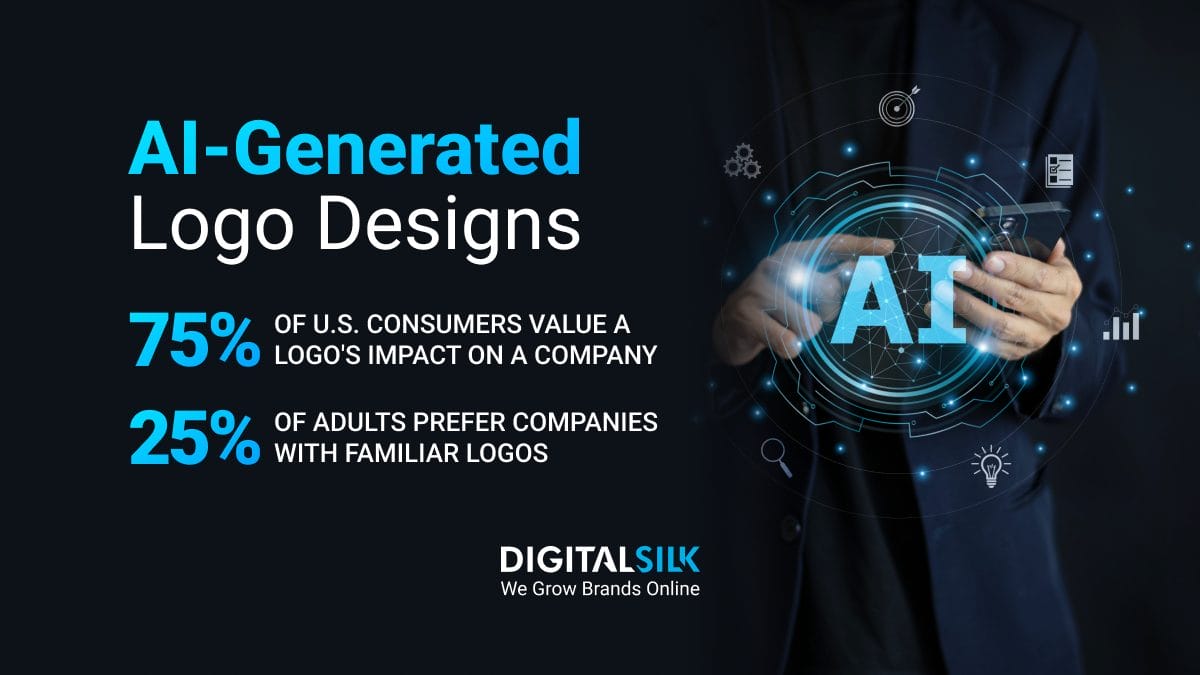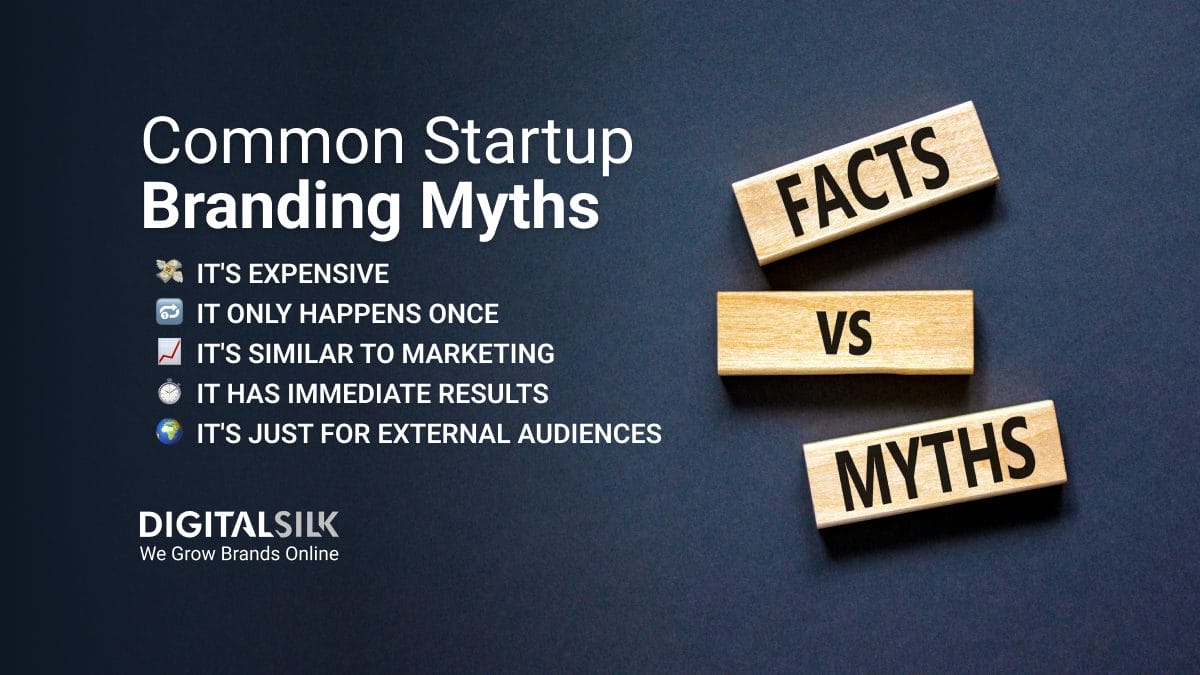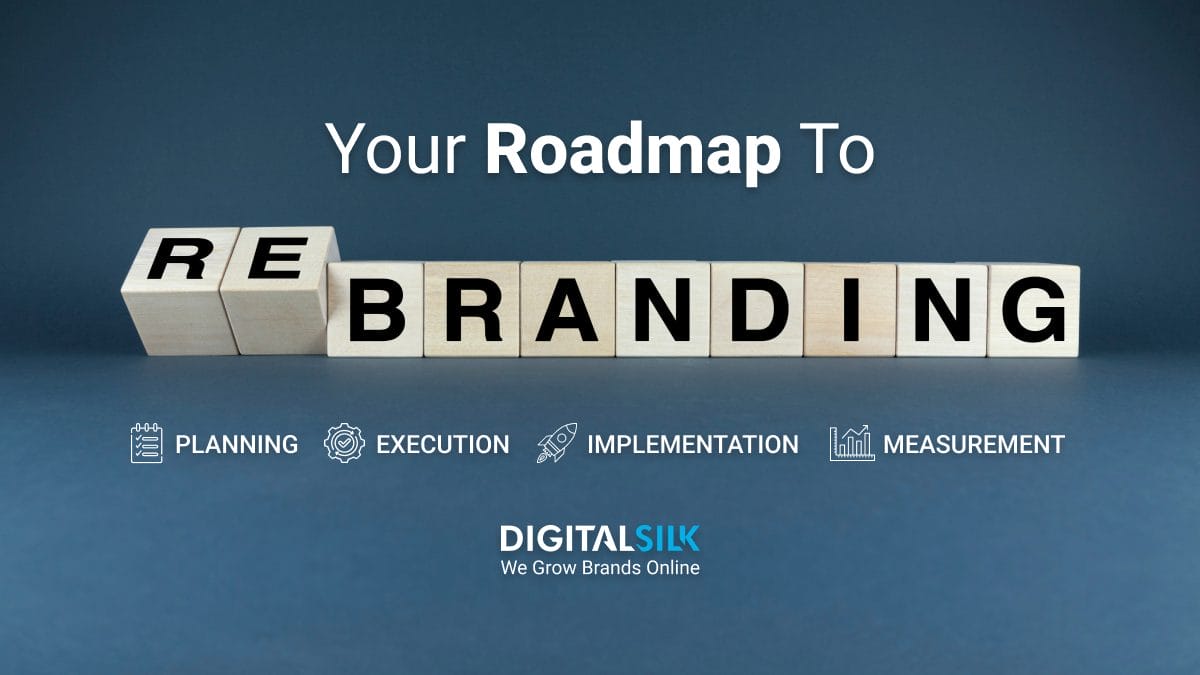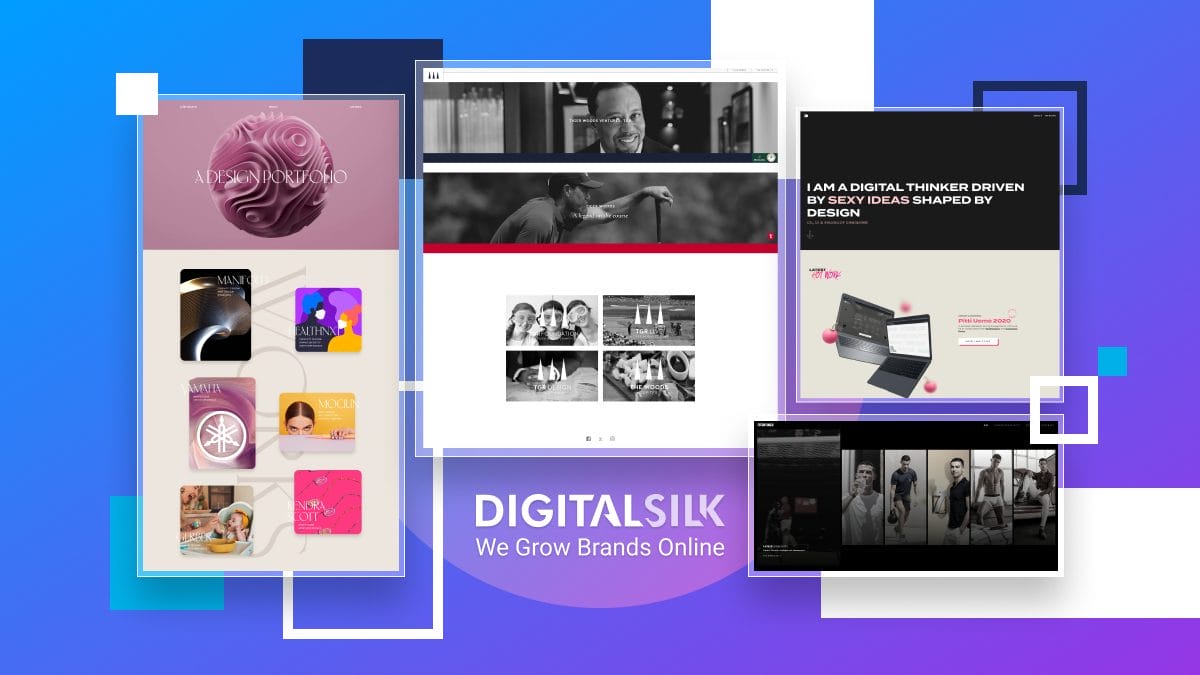81% of consumers want to trust a brand before making any purchases.
In today’s hyper-connected and self-conscious society, there’s more pressure than ever on businesses to be transparent regarding their operations.
However, this is often easier said than done, especially in larger corporations with more layers and complexities in their hierarchy.
In this guide, we’ll take a closer look at brand transparency basics, explore effective strategies, and share real-world examples that illustrate how fostering a truthful relationship with your audience can elevate your brand.
What Is Brand Transparency?
Brand transparency refers to the practice of maintaining authentic, genuine, and open relationships with both internal and external stakeholders.
It involves being clear and honest about your company’s values, practices, and decision-making processes, allowing customers, employees, and partners to see the true essence of your brand.
Since a notable 60% of users feel that transparency and trustworthiness are important brand traits, it’s easy to see why it’s become such a competitive advantage in establishing a loyal customer base.
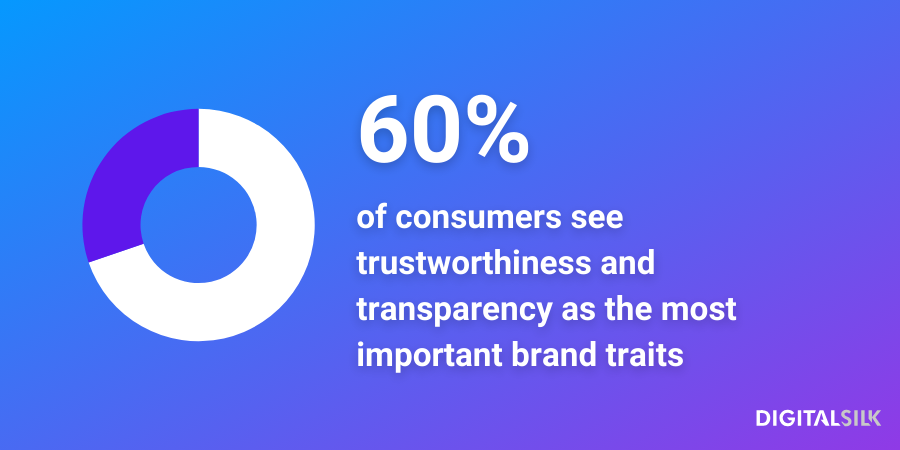
Sometimes, this can be as simple as listing price ranges and ingredient sourcing on product pages.
In more complex instances, companies would have to disclose information on what’s happening behind the scenes, such as specifics of product development, in-depth sales reports, diversity hiring policies and ethical practices.
The key is to make consumers feel like they know who they’re buying from, how the products align with their values and the impact their purchase has on society and the environment.
How Can Transparency Help Your Brand?
As an integral part of creating a successful brand voice and identity, maintaining a truthful and mutually trusting relationship with customers can help your business in several ways, including:
Boost Consumer Trust
Nowadays, consumers are more conscious about what they buy and who they buy it from. They’ll often go looking for answers elsewhere if you fail to disclose relevant information on your page.
If you’re an honest business with nothing to hide, you should openly share data regarding your operations. Since users will probably find out those details anyway, it’s better if it comes directly from you.
For instance, data privacy and sharing sensitive information is a particularly touchy subject in the digital age. It’s no surprise then that 37% of customers value brands that are forthcoming with how their personal data is used.
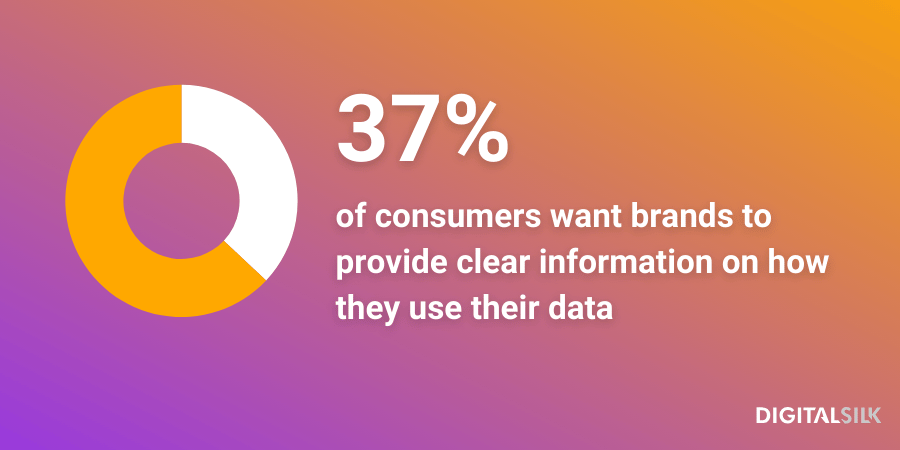
You can help bridge this gap by listing straightforward data collection practices and giving users the option to control their privacy settings.
Keep in mind that sharing misleading information or hiding it altogether could result in some bad publicity if it comes to light.
In today’s cancel-culture society, you can quickly attract negative attention and drive clients away from your brand in the process.
Improve Brand Reputation
One way to effectively measure your brand’s health is to calculate your Net Promoter Score (NPS). This metric evaluates overall customer satisfaction and perception of your brand.
To get the exact number, you need to subtract the percentage of negative reviews from the percentage of positive ones. The higher the score, the better your brand image among new and old clients alike.
When you openly share information about your products or services, internal operations and practices, you inherently increase your NPS score.
Users are more likely to perceive your business as credible and authentic, which in turn motivates them to engage with your content.
Foster Brand Loyalty
Forming that initial bond of trust might be tricky but once you’ve crossed that threshold, you can facilitate long-term loyalty and word-of-mouth recommendations.
When people feel they have a personal and genuine connection with your business, they’re more likely to make repeat purchases and even promote your services to others.
You can do this by responding promptly to customer feedback, maintaining open communication about policy updates or changes and taking responsibility for mistakes or challenges that arise.
When you practice honest relationships with clients, it’s clear that you value and appreciate the role they play in the success of your business.
Strengthen Employee Relationships
When a business openly communicates its values and goals to staff members and includes them in the overall decision-making process, it creates a positive work environment in which they’re more motivated to think, act and invest more time into their jobs.
Companies should support employees’ personal and professional development, encourage transparent feedback and cultivate personal connections.
This can result in higher general productivity and job satisfaction while minimizing turnover rates and recruitment expenses.
5 Tips To Build Brand Transparency
Being transparent with internal and external stakeholders is a long-term commitment. It’s a combination of several curated steps in your daily operations that ultimately build trust with consumers.
1. Start With A Common Mission
When your brand has the same mission and core values as the target audience, there’s a higher chance they’ll engage with your content.
Let’s say your business focuses on sustainability and environmental sustainability. You should reflect these values in all branding aspects, including using eco-friendly materials, minimizing waste and supporting ethical practices.
If customers see that your mission aligns with their values, you’ll foster a sense of shared purpose and mutual understanding. When both parties are on the same page, you create a solid foundation for future endeavors.
2. Deliver Brand Consistency
When you’re trying to build a brand that thrives in the digital age, staying consistent across all channels is one of the most crucial aspects.
Whether it’s through social media, advertising, or customer service, the tone and messaging should remain the same.
If you keep a consistent online presence and grow domain authority, your brand becomes more recognizable and trustworthy.
You can do this by creating target audience personas to personalize your content.
Using relevant attributes such as age, location, profession and income, shopping habits and other personal data can help you design your brands and products.
Additionally, you should focus on incorporating the same visual elements and color palettes across all platforms.
This can range from using the same font across physical and digital marketing mediums to maintaining distinct logo shapes and hues and including them on your home page.
Next, you should strive to match your frequency of communication to that of your industry. If you’re part of a fast-paced, dynamic environment, you might need daily posts and weekly newsletters to keep up with the trends.
For other, less active industries, this could deter or annoy consumers. In this case, you could opt for several weekly posts or a monthly case study to summarize key points.
3. Communicate Through Social Media
Social media offers a convenient and powerful means of connecting with consumers on a human level.
With users spending an average of 143 minutes per day browsing social networks, brands should seize the window of opportunity and take a proactive approach when communicating their values and goals.

You can use real-time communication to offer useful and relevant information, share humorous content and promptly tackle potential issues.
For instance, the language learning app Duolingo is a fantastic example of a witty and playful social media presence. They keep up with the latest slang terms and trends in the entertainment industry and use humor to appeal to a wider audience.
You don’t have to reinvent the wheel every time you post on social media either. If a certain marketing campaign has worked in the past, don’t be afraid to recycle the content and use something similar.
Not only can this save you some valuable time, but it’ll also bring a sense of familiarity for users who’ve already seen it. Plus, its proven success means it’ll have a greater chance of resonating with newcomers.
4. Respond To Customer Reviews
Customer voices are more powerful than ever in the digital age. People are more than willing to share their experiences with others, especially when they have a platform to do so.
But your commitment to a client-centric approach shouldn’t stop at giving them the freedom to use their voice.
You should acknowledge and address their reviews to show that you value their input and are transparent about your products or services.
How you handle negative reviews is equally important in building your online personality. It shows that you’re able to take accountability and are willing to improve, which can further solidify your relationship with consumers.
If you’re willing to listen to customers’ voices and implement the necessary changes, you’re facilitating a sense of community and a feeling of mutual respect.
5. Leverage Employee Advocacy
There’s no greater testament to a brand’s transparency and company culture than employee word of mouth.
If your staff feels valued and appreciated, they can turn into brand ambassadors and share positive experiences with others.
After all, your external image is only as good as the internal operations that run the show.
If you let people peek behind the curtain and see your company as a well-oiled machine, you’ll likely increase your credibility with consumers.
You can leverage staff advocacy through employee spotlights, behind-the-scenes content or letting them take over your social media platforms for a day.
For example, if you have one employee who’s passionate about your company’s sustainability efforts, you can ask them to share their insights and experiences on your social media platforms. This allows you to connect with clients on a more personal level.
Brand Transparency Examples From Famous Businesses
Since most users can spot inauthentic or misleading marketing strategies, businesses need to take active steps towards open communication.
This is why industry-leading names are jumping on the brand transparency train to build lasting and genuine relationships with clients.
Patagonia
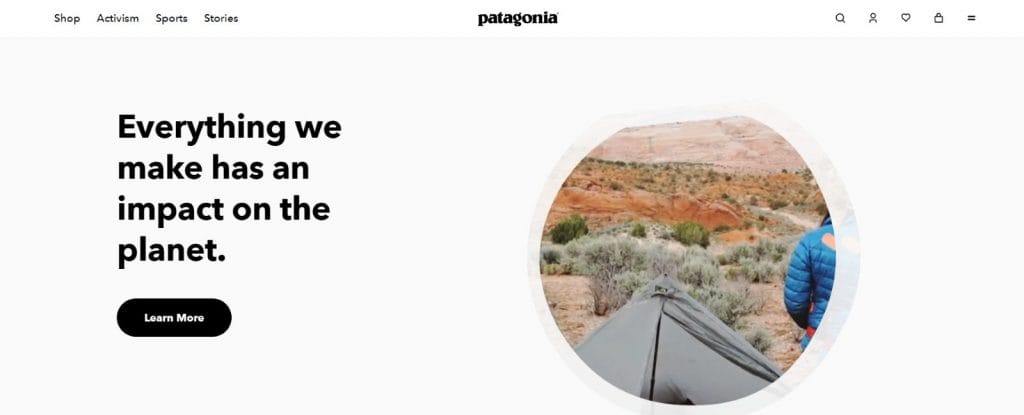
With a trailblazing and innovative approach to tackling environmental issues, Patagonia prides itself on sustainable practices and social responsibility programs.
The brand reflects its environmentally-conscious personality by displaying various case studies and social initiatives on the website.
For instance, they acknowledge the clothing industry’s impact on the global climate crisis and the steps that some of the biggest names take to hide irresponsible practices.
To help make a change, the company shares its commitment to recycling and sourcing materials organically, while maintaining fair trade practices for workers.
You can also see detailed information about the brand’s owned facilities and suppliers in their global chain, so you know exactly what you’re buying and where you’re buying it from.
This sincere and straightforward approach propelled Patagonia to the forefront of the industry. The result is a loyal following of like-minded consumers who value the company’s ethical and sustainable practices.
GitLab
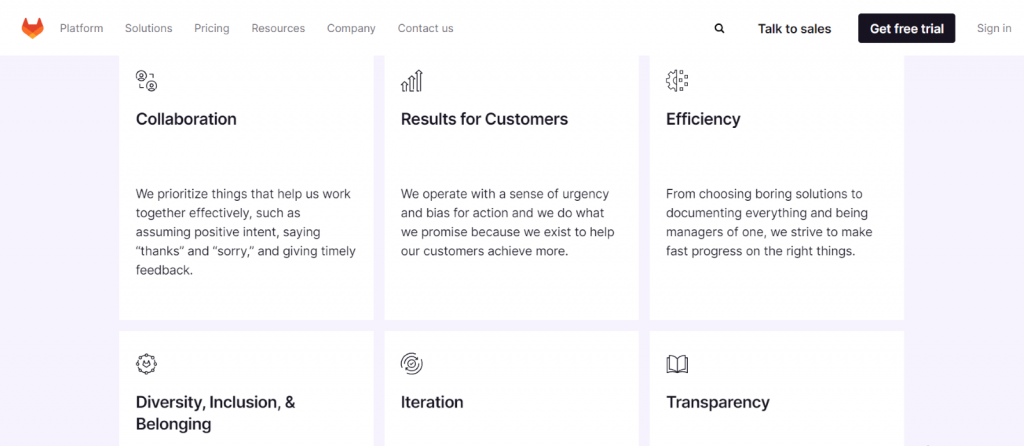
Providing software development tools and solutions inherently requires transparent communications.
Clients need to know the exact services they’re getting, how their projects are progressing and when they can expect new features or updates.
This is why GitLab focuses on maintaining open discourse with consumers. Their signature handbook — a blog that displays all their core values, company structure, affiliations programs and talent acquisition policies.
Moreover, their public support tickets and incident reports demonstrate their dedication to honesty and transparency with their clients.
They strive to create a collaborative environment and maintain open lines of communication with consumers, which helps create lasting bonds and meaningful relationships.
Buffer
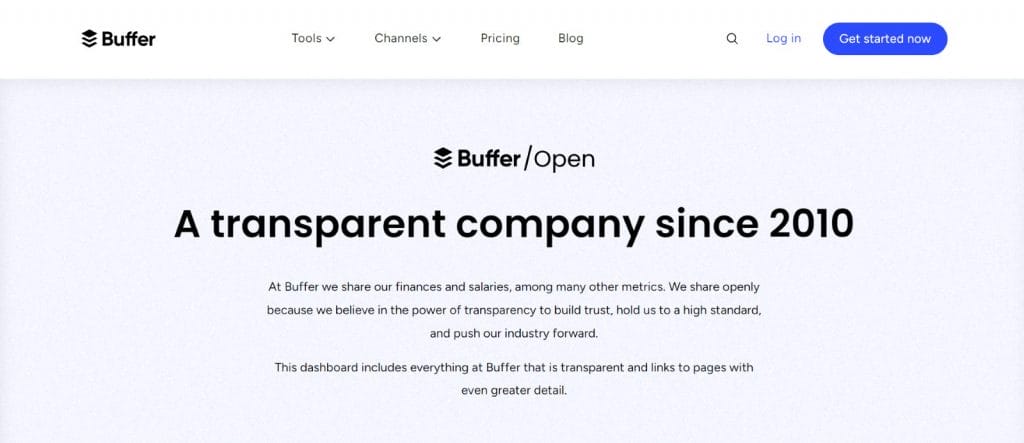
In the digital era, social media is all about sharing updates with others, so it’s no surprise that a management platform shares the same values.
If you take a closer look at the Buffer homepage, there’s an entire section dedicated to transparency. They believe it’s what helps them gain clients’ trust and holds them accountable for their actions.
Their transparency dashboard contains information on employee salaries, monthly metrics, revenue and marketing data, detailed price lists and product roadmaps.
If you think about it, these are details that many companies would consider confidential. You don’t see salary formulas, shareholder stats and expense reports listed on homepages often.
This gives new and old clients a sense of involvement and value in the company’s internal operations. It’s what drives customer engagement, builds a tight-knit community and boosts the brand’s reputation.
Discover End-To-End Branding Solutions With Digital Silk
Curate your brand’s online presence and build transparent client relationships with our full-service branding agency.
Let us elevate your brand on the digital stage, enhancing credibility, building trust, and fostering unwavering customer loyalty.
Our award-winning designers and experienced strategists take ownership of each project and deliver tangible results. We’ll guide your branding strategy with full transparency and mutual collaboration.
Our end-to-end branding solutions include:
- Brand Identity
- Custom Website Design
- Custom Web Development
- Consulting Services
- Logo and Graphic Design
Contact our team, call us at (800) 206-9413 or fill in the Request a Quote form below to schedule a consultation.
"*" indicates required fields





